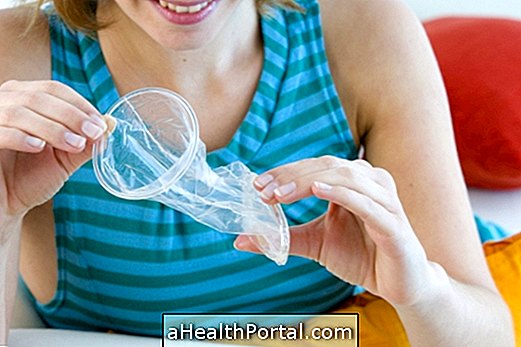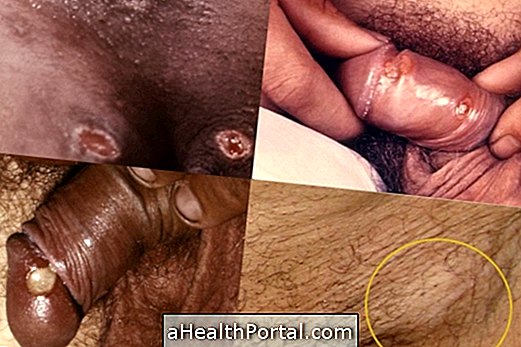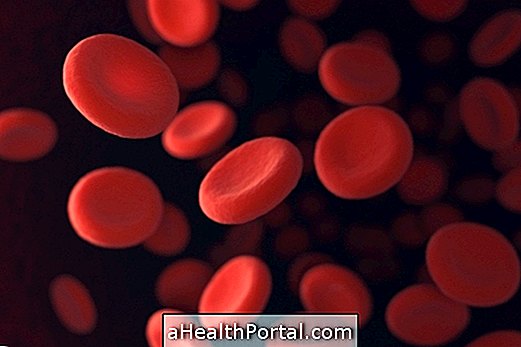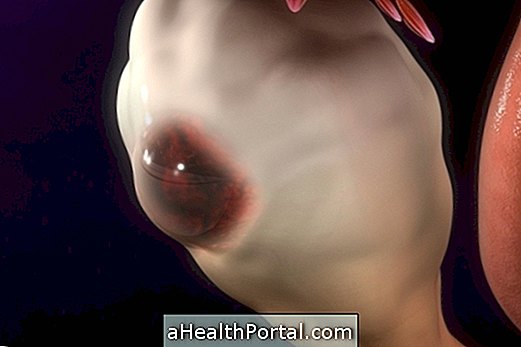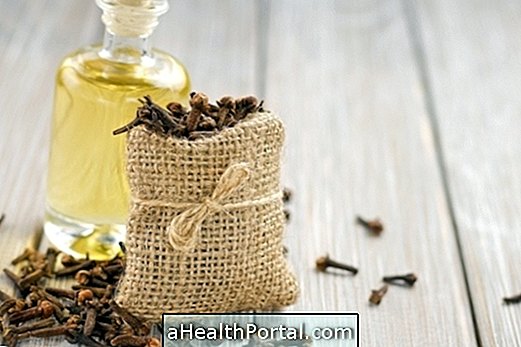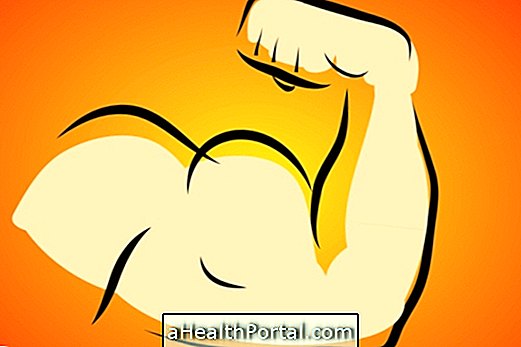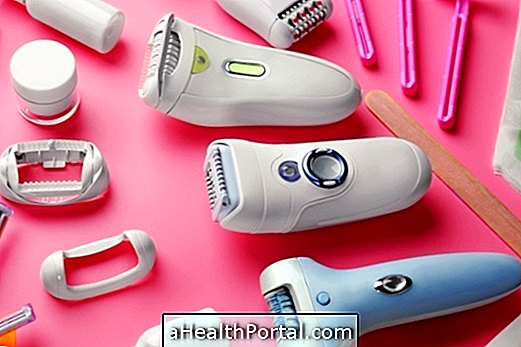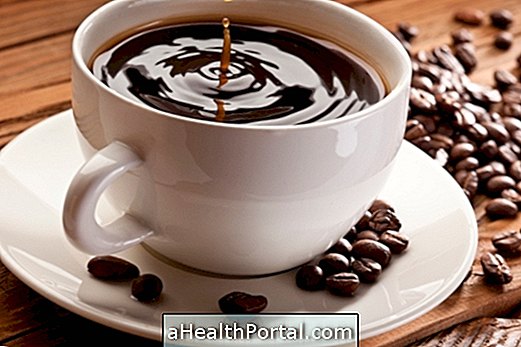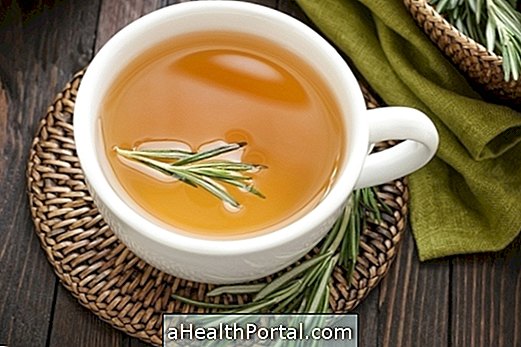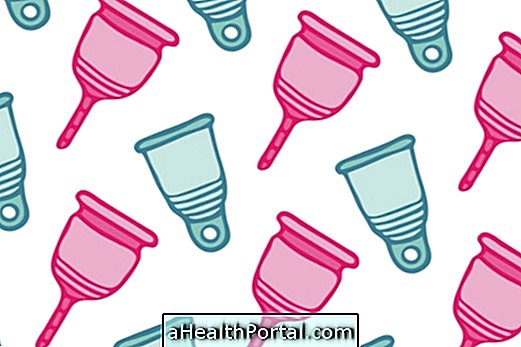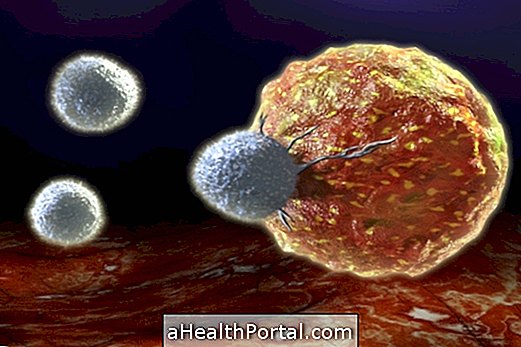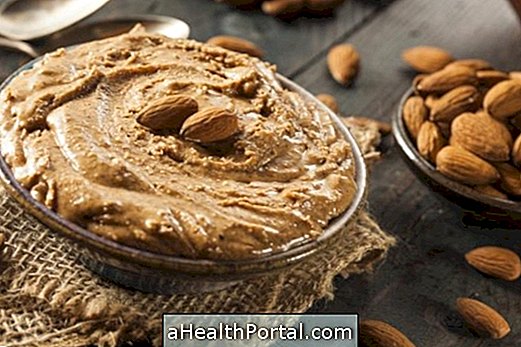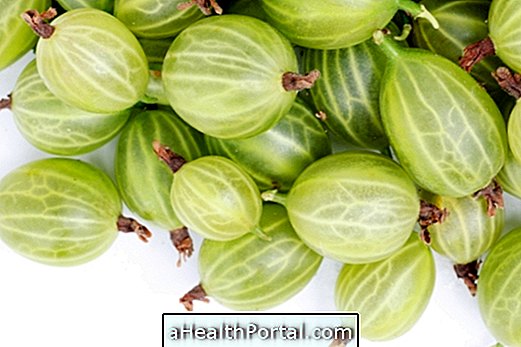The most common symptoms of candidiasis are the intense itching and redness in the genital region. However, candidiasis can also develop in other places in the body, such as in the mouth, skin, intestines and, more rarely in the blood, and therefore, the symptoms vary according to the affected region.
Treatment to cure this disease can take up to 3 weeks and is usually done with antifungal or antifungal agents such as Miconazole or Fluconazole, for example, which can be used as tablets, lotions or ointments.
1. Female or male genital candidiasis

Candidiasis in most cases is not transmitted by intimate contact, often arising when the immune system is weak, during pregnancy due to change in vaginal pH or taking antibiotics or corticosteroids, and may occur in both men and women.
If you think you may have genital candidiasis, select your symptoms and check your risk:
- 1. Intense itching in the genital area Yes No
- 2. Redness and swelling in the genital area Yes No
- 3. Whitish plaques in vagina or penis head Yes No
- 4. Bleached white discharge similar to milled milk Yes No
- 5. Pain or burning while urinating Yes No
- 6. Discomfort or pain during intimate contact Yes No

In men, candidiasis does not always show symptoms, so when the woman has candidiasis, it is very possible that the man is also present. Thus, it is recommended that both get the treatment.
See, in detail, how the treatment is done to cure genital candidiasis.
2. Candidiasis on the skin

The skin infection caused by the candida fundus usually affects the regions of the body with folds like groin, behind the knee, neck, breast or navel and causes reddened skin, itching and burning.
In addition, it can also affect the nails of the foot or hand, called ringworm, causing pain, deformation and increased nail thickness, and pus, and the nail can become white or yellow. Learn how to maintain treatment and cure ringworm.
3. Candidiasis in the mouth and throat

Candidiasis in the mouth may manifest through thrush or mouthwash that can affect the tongue, inner cheeks and sometimes the roof of the mouth, causing symptoms such as pain, difficulty in eating, white plaques and cracks in the tale of the mouth . If you have any of these symptoms see how the treatment for oral candidiasis is done.
In some cases, this type of candidiasis can also arise in the throat, presenting whitish plaques and canker sores that normally do not cause pain but may cause slight discomfort when swallowing.
4. Intestinal candidiasis

This type of candidiasis is more common in people with a weakened immune system, such as in cancer or AIDS, and is characterized by the onset of symptoms such as excessive tiredness, diarrhea, small white plaques in the stool and excess gas.
Since there are many other intestinal problems that can cause this type of signs, it is advised to go to the general practitioner for a stool test and even a colonoscopy to identify the correct cause and start treatment.
How To Cure Candidiasis
Treatment varies with the affected region, however, it is always necessary to use antifungal medicines, such as Fluconazole or Nystatin, indicated by your doctor, which may be tablets, ointment or oral solution.
The following table indicates the main treatment options:
| Type | Most Common Remedies | Natural Treatment |
| Candidiasis in the mouth or throat | Tablets, syrup or rinse such as Fluconazole, Itronazole or Nystatin for 7 days | Brush your teeth at least 2 times a day and avoid cigarettes, sugary foods or alcohol. |
| Female or male genital candidiasis | Oral or vaginal ointment or tablets such as Clotrimazole, Gino-canesten, Gyno-Dartarin or Fluconazole for about 3 to 7 days. | Avoid intimate contact for 2 weeks, wear cotton panties and avoid absorbent for more than 3 hours. |
| Candidiasis on the skin or nails | Ointment or lotion like Diflucan for about 3 to 6 months. | Avoid moisture, dry hands and feet, wear rubber gloves, do not walk without shoes, change socks daily. |
| Intestinal candidiasis | Antifungal tablets or syrups such as Fluconazole or Amphotericin B for 1 week. | Avoid fatty and sugary foods, in addition to increasing the consumption of yogurts with active bifidus and lactobacillus . |
When this fungus affects the blood, bladder or kidneys, for example the treatment needs to be done in the hospital because it is necessary to take medicines through the vein for about 14 days, and it is necessary to stay in hospital. See more remedies that can help in the treatment of candidiasis at home.
In addition, during the treatment should be avoided the consumption of sweet foods and carbohydrate rich, because they increase the chances of candida proliferation , being preferred foods that make the blood more alkaline, like taking 1 liter of water with 1 lemon squeezed, without sweetening, as a substitute for water throughout the day. See what else you should eat in this video:

What can cause
One factor that increases the chances of this disease is humidity and hot environments, for example. In addition, other factors that may contribute to its development include:
- Prolonged use of drugs such as antibiotics, corticosteroids, or chemotherapy;
- Chronic diarrhea, constipation or stress;
- Use of synthetic or absorbent fabric panties for more than 3 hours;
- Use other people's bath towels ;
- Have unprotected intimate contact.
The disease is most common when the immune system is weak, such as in cases of AIDS, cancer or decompensated diabetes, or when hormonal changes occur, such as during pregnancy or during menstruation.

